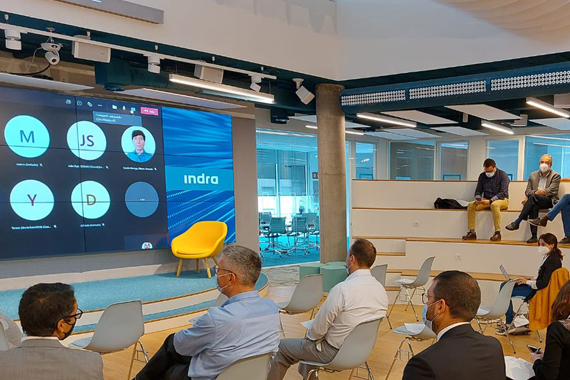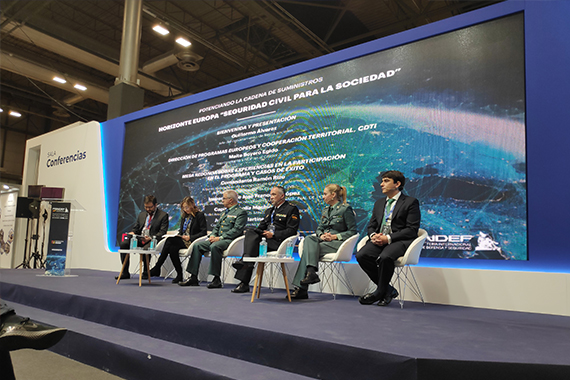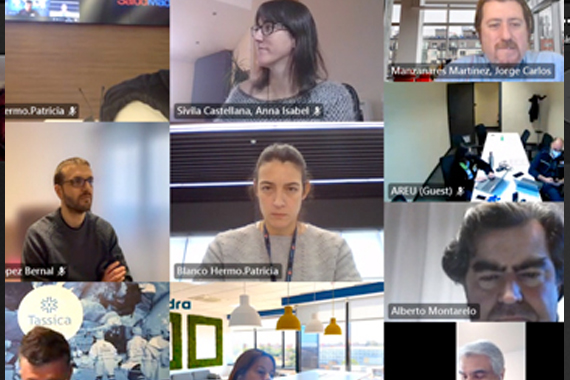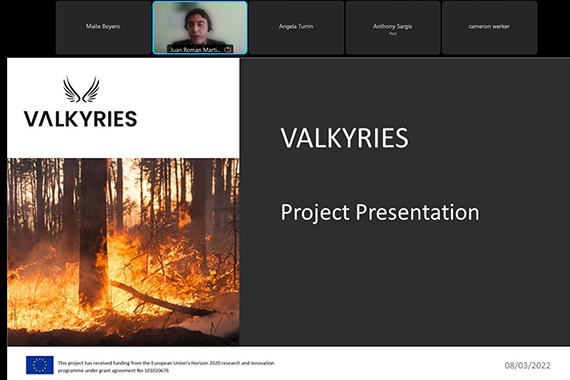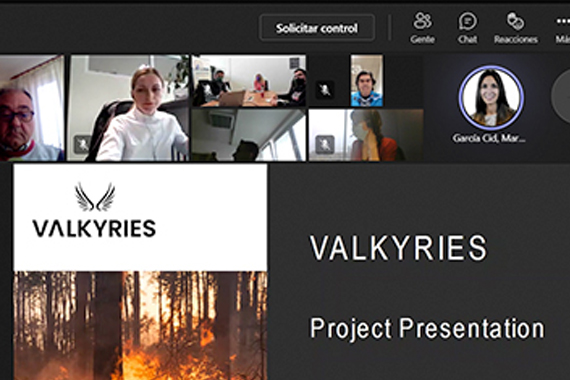1st VALKYRIES NEWSLETTER
MAY 2022
The emergency medical system has a unique role when deployed as first aid response on disaster situations, where Multi-Casualty Incidents (MCI) tend to reveal resource insufficiency (rescue personnel, healthcare providers, facilities, etc.), significant breakdowns in the local health care facilities usually damaged or destroyed, malfunctioning communication infrastructure and the jeopardized ability to deliver additional resources. In order to address these situations and related ones, the different EU emergency teams have been quick to adopt the latest technological advances, such as digitalization, new generation communication networks, drones, etc., which have led to new opportunities for procedural and collaborative improvements.
However, given the rapid proliferation of new related opportunities, their implementation often significantly precedes their standardization, leading to different intersecting practices. This reduced cross-border collaboration opportunities and difficult to define, schedule and enforce joint lines of industrial and research development able to bring common disruptive solutions to the EU response teams.
The challenge of this project is to analyse these gaps for then designing key pre-standardization and harmonization actions to be implemented in a reference integration platform and demonstrated in four different cross-border and cross-sectorial scenarios.
The consortium is coordinated by Indra and brings together 17 partners from 8 EU countries.
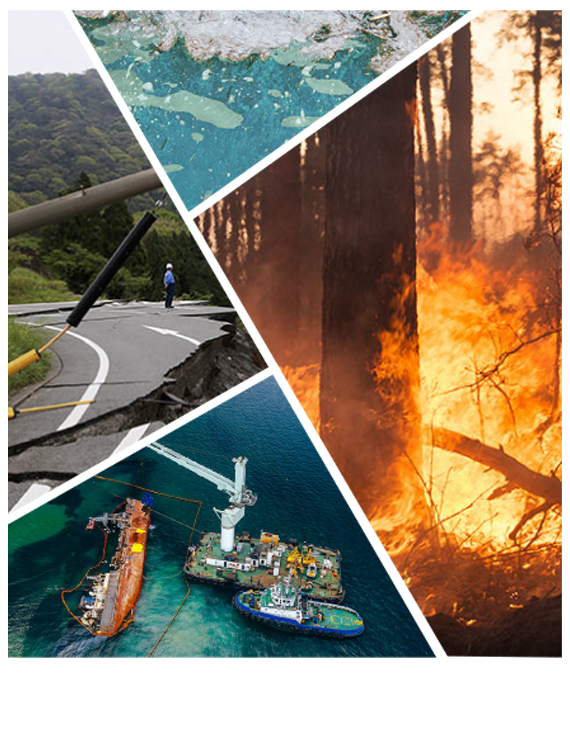
VALKYRIES is exploring novel harmonization procedures focused on emphasizing the cross-sectorial, cross-hierarchical, cross-board, legal, ethical, and political implications of standardization and pre-standardization related decisions made. Based on this, VALKYRIES will address the development of a reference model for rationale harmonization of first aid EMS technologies, procedures, and collaboration opportunities.
This reference model will be instantiated as a novel harmonization framework where rational-comprehensive decision-making, divergent and future thinking will support the anticipation and reaction against the uncertainty inherent in the broad ecosystem of emerging opportunities. After an in depth analysis of potential technical, procedural and collaborative related harmonization needs, the harmonization framework will be applied in some of them; consequently being demonstrated in the grounds of a Reference Integration (SIGRUN).

During an early stage, the consortium worked on the development of a joint vision of the VALKYRIES concept, which combines the perspective and need of the different entities involved. This vision resulted in the requirements, roadmap and target architecture able to sustain the rest of the project activities. On these grounds, the Consortium is exploring the related ethical, regulation, certification and standardization context deriving to the definition of joint harmonization framework able to prompt the end-user adoption of disruptive enablers.
Then the Consortium started to survey, analyse, understand the end-user needs and enabling potential for Technologies and Equipment for first aid responders (KARA), Procedures and Operation for first aid responders (HERJA), and Collaboration and Training for first aid responders (EIR). This will proceed the harmonization framework application in some of them resulting in a Reference Integration (SIGRUN), and its consolidation via verification and demonstration.

Ethical, regulation, certification and standardization opportunities from three perspectives, referred to as KARA, HERJA and EIR in honour of famous Valkyries.
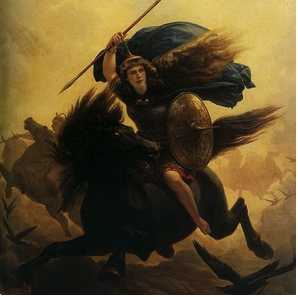

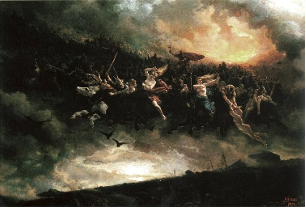
REFERENCES
1 Peter Nicolai Arbo, (1831–1892) Valkyrie, c. 1864. Oil on canvas. 263 × 203 cm (103.5 × 79.9 in). Nationalmuseum, national gallery of Sweden
2 Howard David Johnson (born 2 September 1954). Valkyrie Maiden. 16 x 20 inches [40.64 x 50.80 cm]
3 Peter Nicolai Arbo (1831–1892). Asgardsreien, c. 1872. Oil on canvas. Height: 165.5 cm (65.2 in). Width: 240.5 cm (94.7 in). National Gallery, Norway
